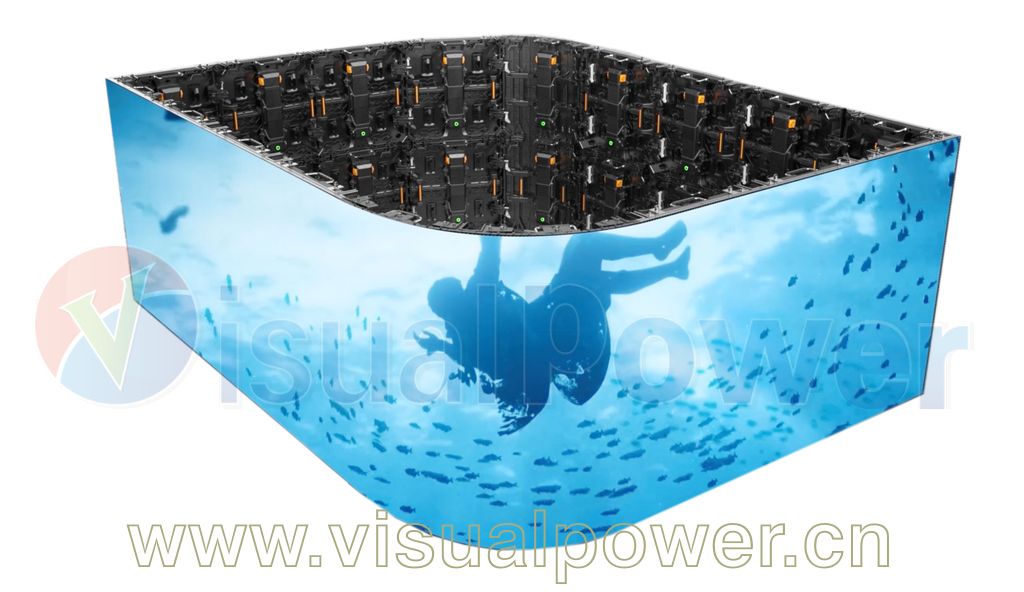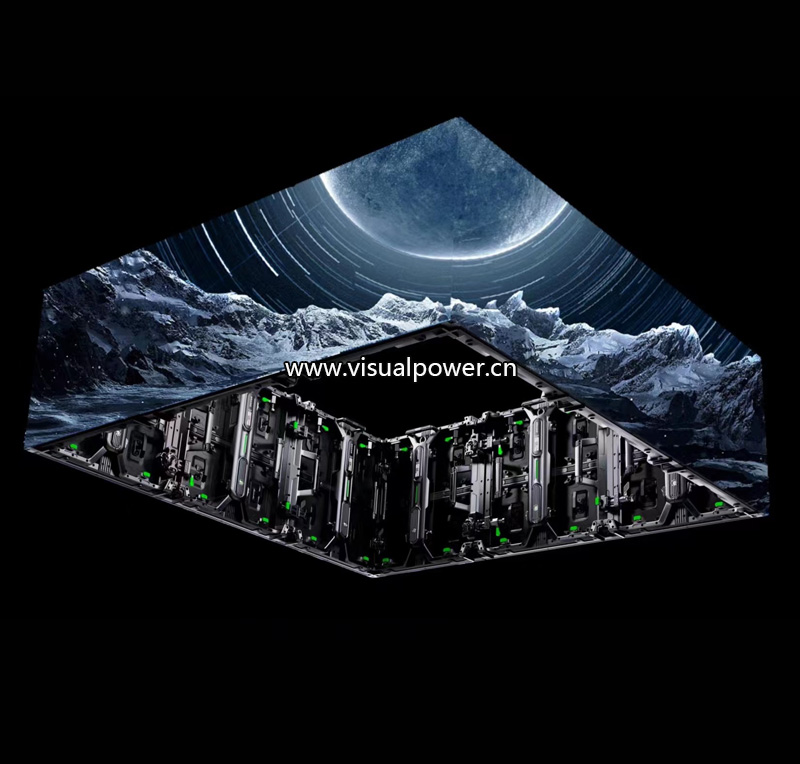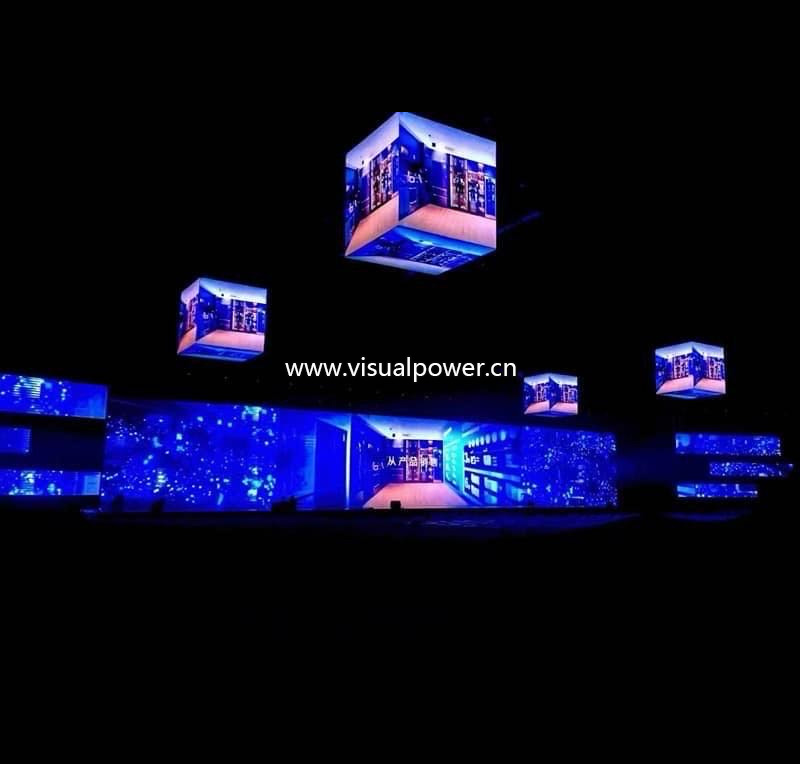Categories
- News (82)
- case study (6)
I never thought before that an LED screen could be so important. To be honest, before I was really in charge of an event, I had almost no concept of the term “event rental LED display“.
But later, there was an exhibition that completely changed my mind.
It was a brand flash mob event with a tight budget, a short schedule and high demands from the audience. At that time, I only took over temporarily. When I received the documents, there was a whole LED background wall painted on the project process. I had a question mark in my mind: How much effect can such an expensive device really have?

The night before we entered the venue, I found out that we had chosen a rental-type LED. The technical team explained to me while assembling the screen, “This modular LED is specially designed for events. It can be disassembled quickly, assembled stably, and can also be bent.”
I didn’t take it too seriously at that time. It was not until the Angle of the set was temporarily changed later that we temporarily adjusted the stage structure. As a result, the original display board was completely unsuitable. Fortunately, the LED screen was “alive”, its Angle could be changed, its size could be adjusted, and even the picture divisions could be altered. I realized on the spot that this thing was the most flexible role in our entire event.
Many people think that LED screens are just for displaying PPTS and logos. In fact, if used correctly, they are part of the content. For that event, we didn’t merely use it to show videos. Instead, we created several visual highlights: at the beginning, we simulated a sunrise; during the interaction, the entire venue changed colors; and at the end, we used a data visual wall to summarize the brand concept.
The screen is like a “visual piano key”. It makes sounds as you press it.
Sure, the prerequisite is that the device you are using is reliable. I once suffered a loss. At a certain annual meeting, we wanted to save money and rented a batch of old screens. As a result, there were two pictures with frame drops and pixel imbalance on the spot, which made the backstage need to send a hot signal on the spot. After that time, I remembered that it’s better to have fewer “flashy” designs than to use unstable devices.

One of the most failed designs I have ever seen was a wedding. The LED screen occupied an entire half of the banquet hall. The resolution was decent, but due to the overly flat viewing Angle design, the guests at the back couldn’t see it at all, while those in the front row were dazzled by the lights and couldn’t open their eyes.
Since then, I have understood that the larger the LED screen, the better; rather, the more “suitable” it is, the more important it is. You need to consider the viewing distance, Angle, content rhythm, and even the flow line of people. Especially when conducting immersive exhibitions, roadshows, and flash mob events, it is necessary to simulate in advance “how people get in”.
The following points are all the “easily overlooked” pitfalls that I have discovered in actual practice:
Signal line redundancy reserved: One HDMI is not enough; multiple interfaces need to be prepared. When the site changes temporarily, no one wants to look for an adapter on the spot.
Modular maintenance mechanism: It is best to choose a magnetic module. In case of any problem, it can be replaced within one minute, avoiding a full-screen restart.
During the drill, be sure to run through the entire process: Don’t just test the opening, but simulate the entire section from the countdown to the end, especially the signal switching and audio-visual synchronization.
The moment I was most nervous was during a municipal project presentation. The screen went black for a moment just before the host read the key data. Although I recovered later, I don’t want to experience that feeling of my heart missing a beat again.

Every time I stand at the event site and watch the LED screen rise and fall with the music and change with the movement of the audience, I understand that this is not a machine that “plays pictures”, but a visual speaker.
It can tell stories, shape the rhythm, stir up emotions, and even help you reverse out-of-control situations at critical moments.
Nowadays, when I plan an event, I always incorporate the design of the LED screen into the overall narrative logic at the first moment. It is no longer the last “brick” to fill in the gap, but one of the souls on the stage.
The LED screen is not a decoration; it is a “display stand” for information and a “megaphone” for emotions. If you choose the right one and use it well, it can double the atmosphere, pace and trust of your entire project. Don’t wait until all the lights go out and the audience is seated to remember: that screen is the core of the entire venue’s attention.